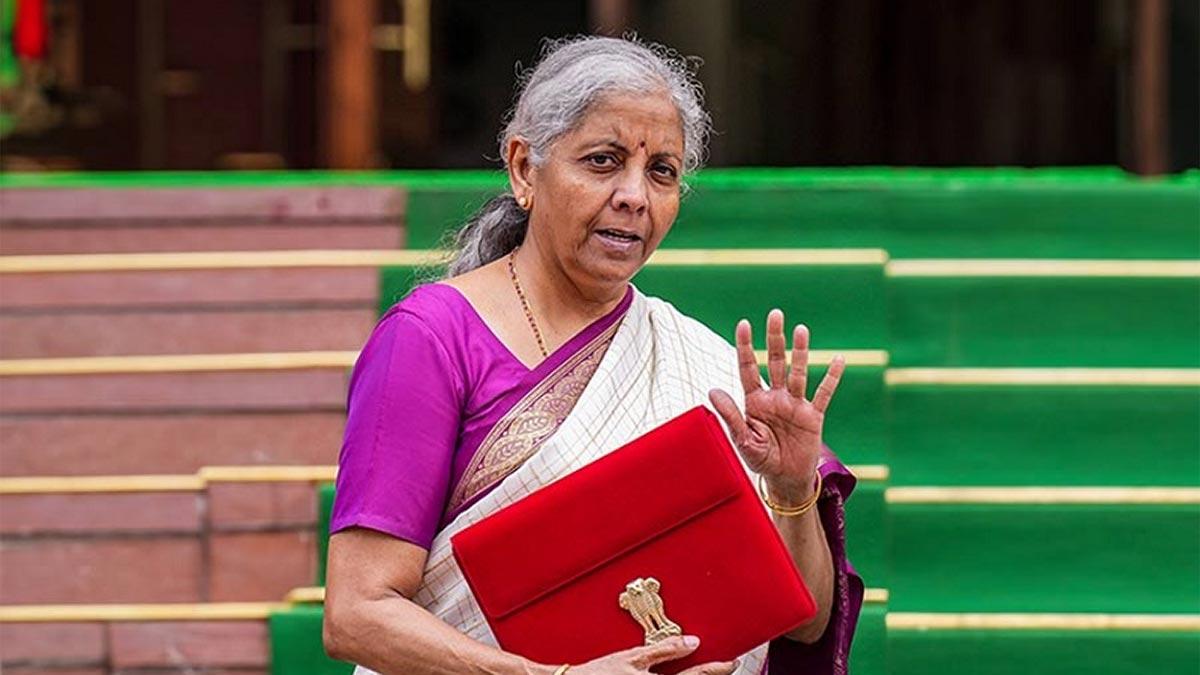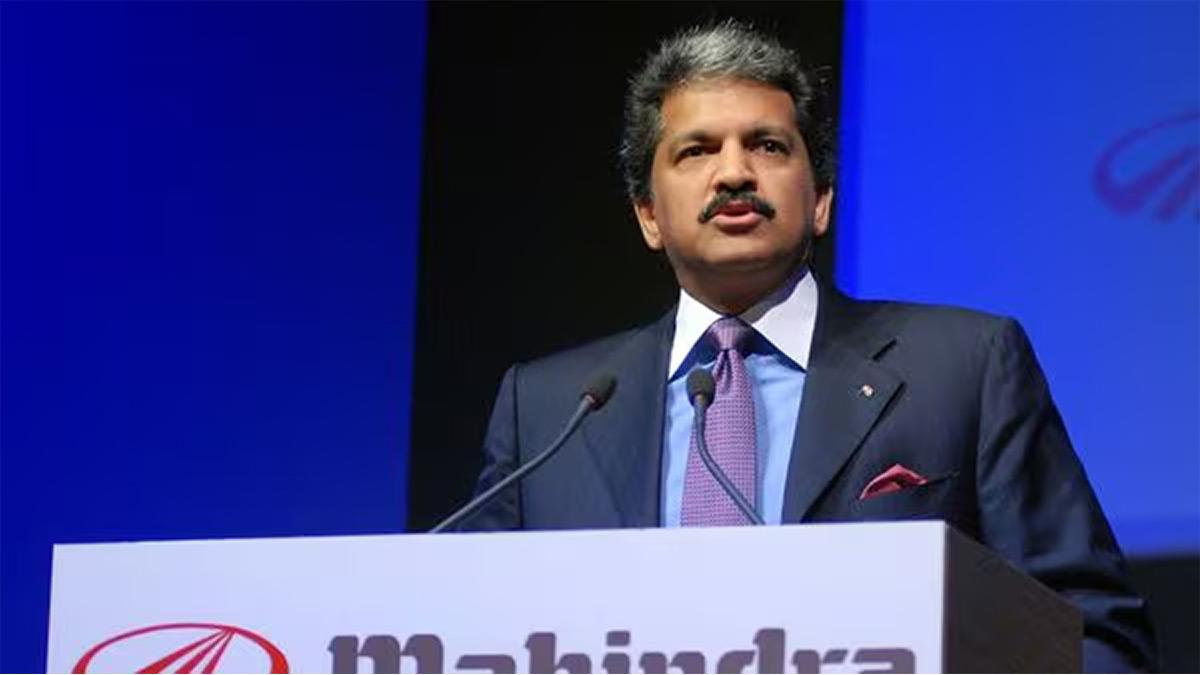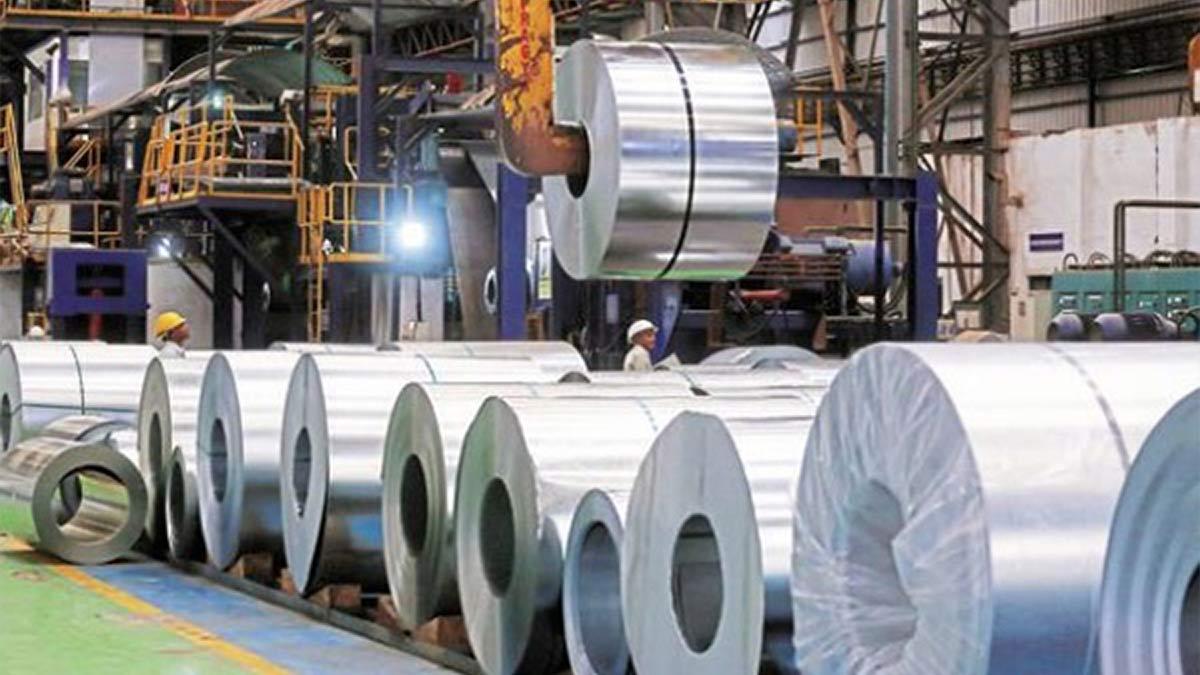Notwithstanding the more than 2x rise in profits (profit after tax, PAT) of the listed companies in the last three years, the aggregate corporate profit has been largely stable to only slightly better. It means that the profits of the unlisted sector have actually worsened materially in the post-Covid period, as per a research.
According to Motilal Oswal Financial Services, the unlisted corporate sector is not only much bigger than its listed counterpart, the latter has moved in a different direction vis-a-vis the former as per MOFSL estimates. What is more interesting is that while the financial position of listed sector has improved markedly in the post-Covid period (FY20-FY23), this is clearly not the case for the aggregate corporate sector. It means that the financial position of the unlisted corporate sector has weakened in the post-Covid period.
The corporate (non-financial companies, NFCs) sector accounts for almost 40 per cent of India’s nominal GVA. The listed companies, however, contribute only about 30 per cent of the corporate GVA, or only about 11-12 per cent of the national GVA. It means that the unlisted corporate sector is more than 2x the size of the listed sector in terms of GVA. What more, while GVA of listed companies has improved in the post-Covid period (FY20-FY23), it has weakened for the aggregate corporate sector, entirely because of the unlisted corporate sector, the report said.
Not only profits and GVA, the listed corporate sector has also seen a remarkable improvement in its financial position, as they have deleveraged. Debt of listed companies has declined to 13.4 per cent of GDP in FY23, down from 16-17 per cent of GDP in the pre-Covid years.
Like PAT, the unlisted sector accounts for almost half of aggregate corporate PBT in the country. Further, almost the entire improvement in the aggregate corporate PBT (only for profit-making units) during the post-Covid period is on account of the listed companies, as the improvement in PBT growth in the unlisted sector was minimal.
What is very interesting to note is that while the profits (before and after taxes) of the listed companies have improved significantly in the past few years, their share in total corporate income taxes has actually declined in the post-Covid period. Taxes paid by the listed companies (using cash flow statements) grew only 2.8 per cent per annum in the post-Covid period, compared to 13.7 per cent YoY growth in the pre-Covid period. Further, like in profits, the unlisted sector accounts for about 55-60 per cent of total corporate income taxes paid in the country, the report said.
Lastly, the corporate sector accounts for roughly about half of the total investments (excluding acquisition of valuables) rate of 30 per cent of GDP in India. Of this, the listed companies used to account for about a quarter in the pre-Covid years.
Read also| Profit-Taking Emerges Following a Sharp Three-Day Rally
Read also| RBI's Penalties on Banks and NBFCs Total Rs 40.39 Crore for 2022-23


















